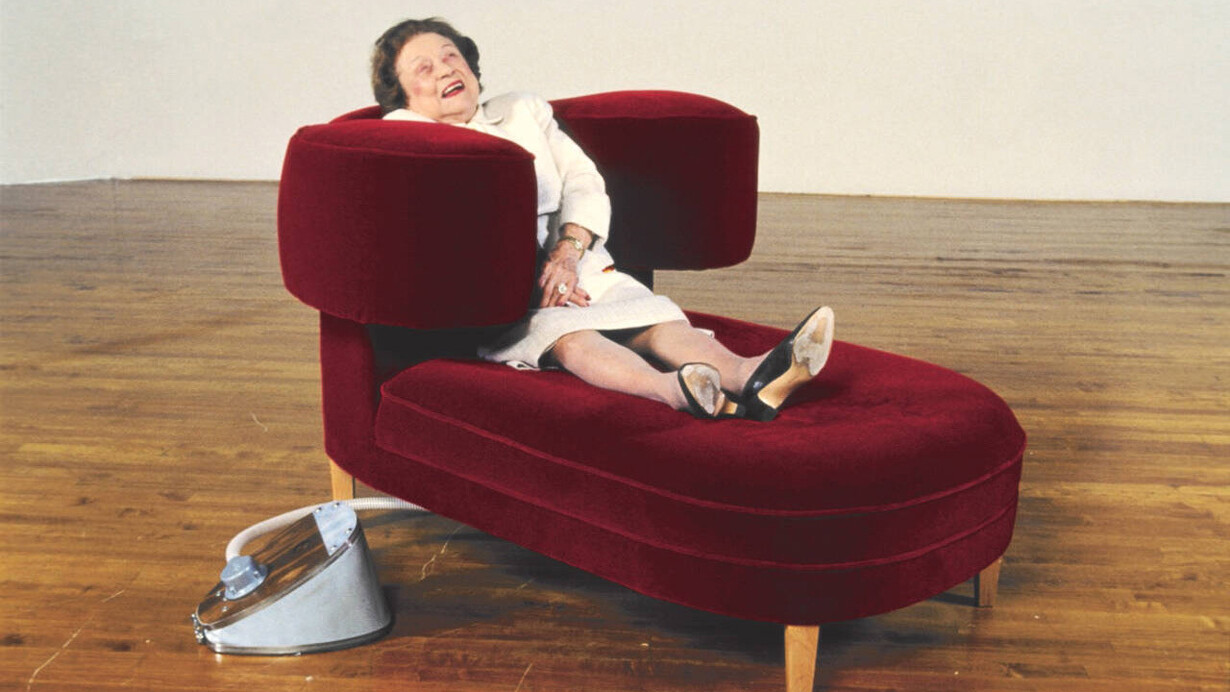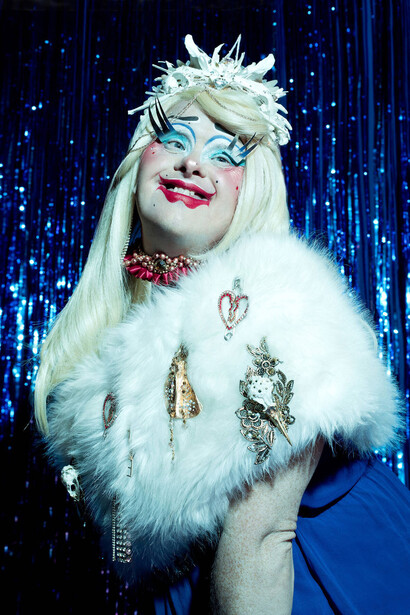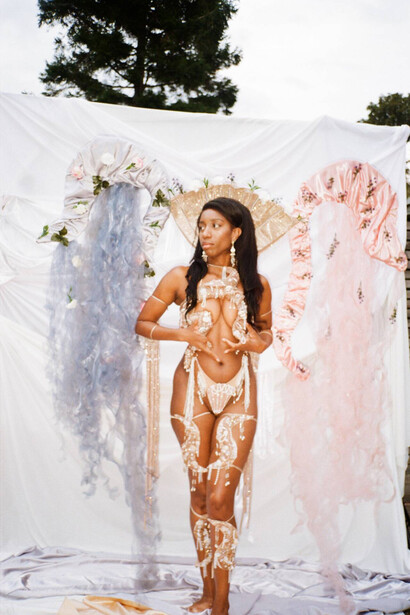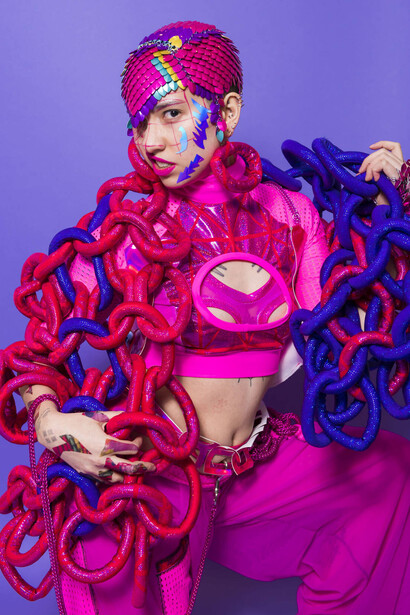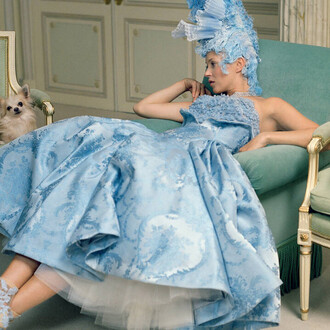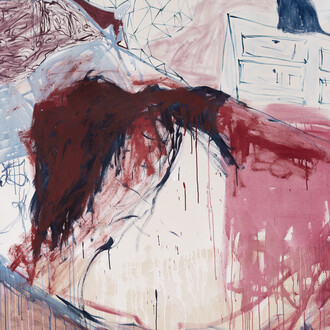Design and disability is both a celebration and a call to action. The exhibition highlights the often-overlooked yet radical contributions of Disabled, Deaf, and neurodivergent individuals and communities to the fields of design and culture from the 1940s to the present day. It recognizes that innovation and accessibility have long been intertwined, and that inclusive design practices have reshaped not only objects and environments but also the ways in which society understands creativity, functionality, and human experience.
Through a wide range of works — from adaptive technologies and everyday tools to fashion, graphic design, and digital media — the exhibition demonstrates how lived experience has been a powerful catalyst for design evolution. By foregrounding the agency of disabled creators, it challenges dominant narratives that often cast disability solely in terms of limitation. Instead, Design and disability celebrates design as a collaborative and transformative process, one that expands our notions of beauty, usability, and participation.
More than a historical overview, the exhibition invites reflection on the present and future of inclusive design. It calls on designers, institutions, and audiences alike to recognize the value of accessibility not as an afterthought, but as a core principle of creative practice. In doing so, Design and disability offers a vision of design shaped by empathy, innovation, and justice — a vision in which diversity is not accommodated but embraced as fundamental to the human experience.
